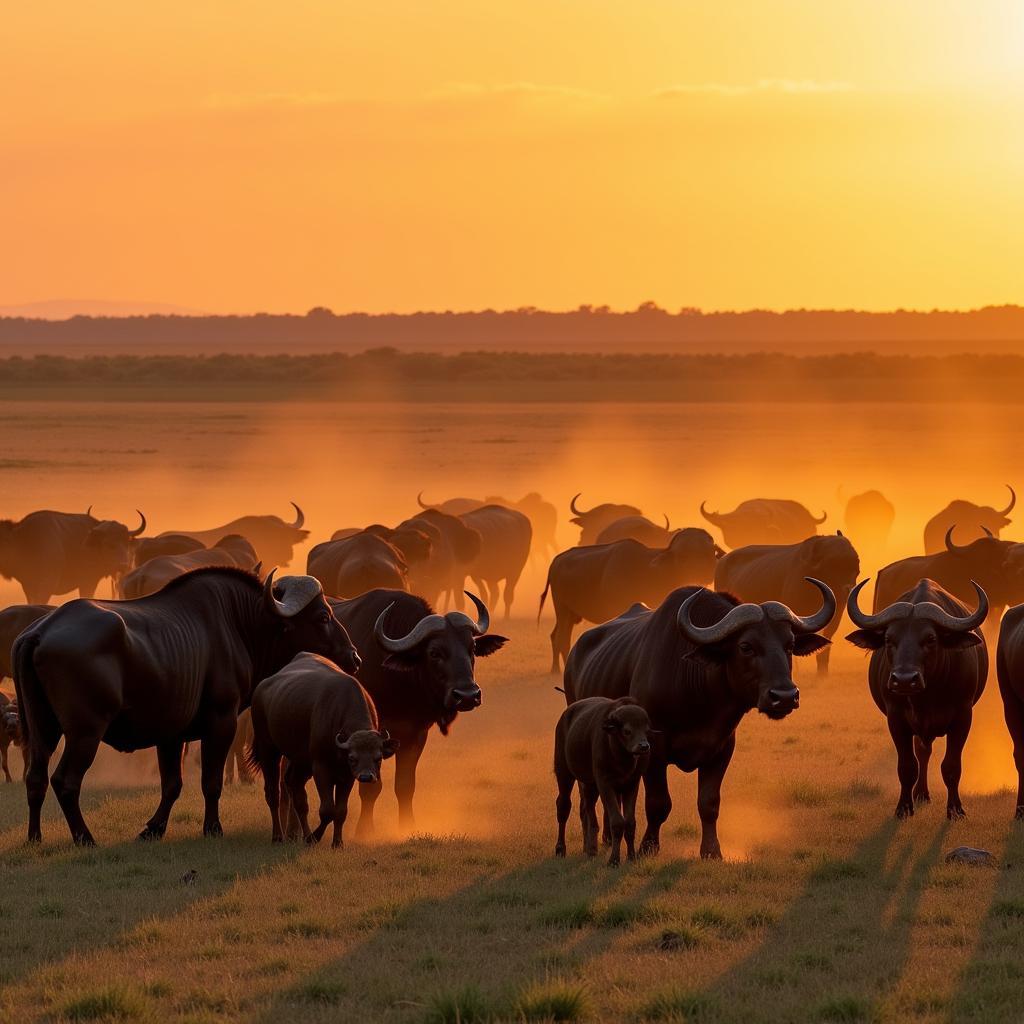Understanding the African Big Man
The term “African Big Man” often conjures up specific images, but the reality is far more nuanced. This article delves into the complex history, social implications, and evolving nature of this significant figure in African politics and society. We’ll explore the multifaceted nature of the “African big man” phenomenon, examining its origins, characteristics, and impact on various communities.
The Genesis of the “Big Man” in African Society
The concept of the “African big man” isn’t a recent phenomenon. Its roots can be traced back to pre-colonial Africa, where traditional leadership structures often revolved around individuals who accumulated wealth, influence, and power. These figures, often village chiefs or lineage heads, commanded respect and loyalty through their ability to redistribute resources, settle disputes, and provide security. The transition to colonial rule and subsequently independence saw the adaptation of these traditional roles to the modern political landscape. The “big man” emerged as a powerful figure within newly formed states, often blurring the lines between personal patronage and official governance. This sometimes led to a system where loyalty and personal connections held more sway than formal institutions.
After the first paragraph, let’s delve deeper into the historical context. The pre-colonial period laid the foundation, but it’s crucial to understand how colonialism influenced the evolution of the “big man.” European powers often co-opted existing traditional structures to serve their interests, solidifying the power of certain individuals while undermining others. Check out more about influential grandmothers in african grand mother. This manipulation had lasting consequences for post-colonial governance, contributing to the rise of “big man” politics in many African nations.
Characteristics of the African Big Man
What distinguishes an “African big man”? Several key characteristics often define these figures. They typically cultivate a cult of personality, emphasizing their charisma, wisdom, and ability to deliver benefits to their followers. Patronage networks are central to their power, distributing resources and favors to secure loyalty. Control over state resources, often including access to lucrative industries like mining or oil, is another defining feature. This control allows them to consolidate their power and further enrich themselves and their supporters. The “big man” often maintains a tight grip on power, suppressing dissent and manipulating institutions to maintain their dominance.
While these characteristics offer a general framework, it’s essential to remember that the “African big man” is not a monolithic entity. The concept manifests differently across diverse African contexts, influenced by local traditions, political landscapes, and economic realities. Moreover, the term itself has been subject to criticism, often viewed as a simplistic and even derogatory label that overlooks the complex motivations and strategies of these political actors. You might also be interested in reading about the South African soccer team.
The Impact of “Big Man” Politics
The implications of “big man” politics are far-reaching and often detrimental to democratic governance and sustainable development. Patronage systems can breed corruption and hinder meritocracy, prioritizing personal loyalty over competence. This often leads to inefficient allocation of resources and undermines public trust in institutions. The suppression of dissent stifles political participation and can create an environment of fear and intimidation. Furthermore, “big man” politics can exacerbate ethnic tensions as leaders prioritize the interests of their own group over national unity.
Beyond the Stereotype: A New Generation of African Leaders?
Is the era of the “African big man” coming to an end? While the challenges remain significant, there are signs of change across the continent. Growing civil society movements are holding leaders accountable and demanding greater transparency. The rise of independent media and access to information are empowering citizens and challenging established power structures.
A new generation of African leaders is emerging, some of whom are committed to democratic principles and good governance. However, the transition is far from complete, and the legacy of “big man” politics continues to shape the political landscape in many African countries. Understanding this complex phenomenon is crucial for anyone seeking to engage with Africa’s dynamic political and social reality. For another perspective on African wildlife, consider this comparison: siberian tiger vs african lion.
Conclusion
The “African big man” is a complex and evolving figure, deeply rooted in historical and cultural contexts. While the concept carries negative connotations, it’s essential to move beyond simplistic stereotypes and engage with the nuances of this phenomenon. Addressing the challenges of “big man” politics is crucial for promoting democratic governance and sustainable development across the continent.
FAQ
- What are the historical roots of the “African big man”?
- How do “big men” maintain their power?
- What are the negative impacts of “big man” politics?
- Are there examples of African leaders breaking away from the “big man” model?
- What role does civil society play in challenging “big man” politics?
- How does the “African big man” phenomenon impact economic development?
- Is the term “African big man” outdated?
Further Exploration
You might also be interested in these articles: african grey parrot congo vs timneh and african influencer 2019.
Need Assistance?
Contact us at:
Phone: +255768904061
Email: kaka.mag@gmail.com
Address: Mbarali DC Mawindi, Kangaga, Tanzania.
We have a 24/7 customer service team ready to assist you.


